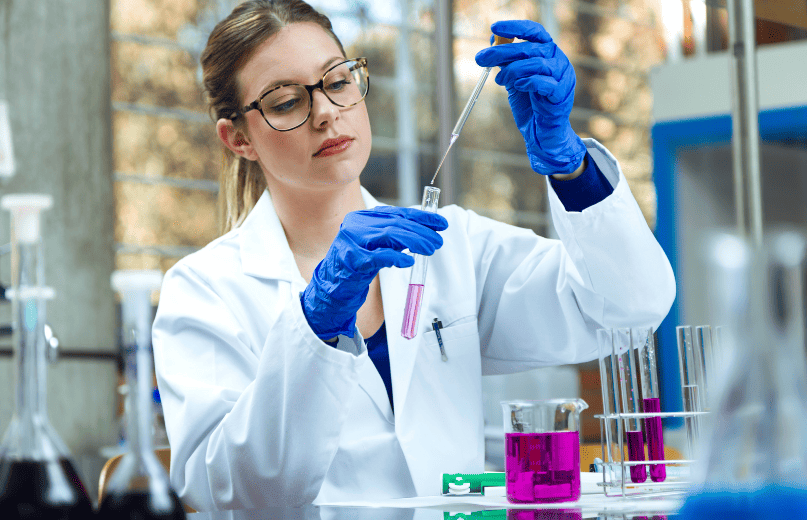
When is Product Testing Required
Product testing is not just a quality checkpoint; it is a strategic pillar that underpins safety, compliance, and performance across the entire product lifecycle. When executed at the right stages, it prevents costly failures, ensures legal conformity, and builds consumer trust. But when ignored or mistimed, it can lead to production delays, regulatory penalties, or dangerous product recalls.
This guide outlines when product testing is most critical, why timing matters, and how brands can proactively manage quality and compliance across domestic and international markets.

1. Product Development Phase: Prototyping and Design Validation
The earliest and most impactful time to test is during the design and prototyping stage. At this point, your product is still adaptable, which makes it ideal for uncovering flaws and validating assumptions before investing in mass production.
Key areas tested:
- Material composition — Does the synthetic leather comply with REACH or Prop 65 standards?
- Functional performance — Do buttons, hinges, or motors work as expected under stress?
- Safety simulations — Can a toy endure thermal stress or drop impact scenarios?
- Regulatory forecasting — What rules apply across different markets such as the EU, China, or North America?
Why it matters:
Detecting issues early enables affordable design adjustments and eliminates the risk of carrying unsafe or non-compliant features into the production stage. This phase sets the foundation for product integrity and future success.
2. Pre-Production: First-Run Testing and Material Qualification
Once the design is finalized and production is about to begin, pre-production testing ensures that the actual materials and processes used meet your standards and align with the original intent.
What to evaluate:
- Material qualification — Assessing raw materials, dyes, adhesives, or finishes for chemical and mechanical compliance
- First-run testing — Sampling units from the first production line to confirm adherence to functional and regulatory benchmarks
- Fit-for-purpose validation — Measuring usability, dimensions, and tolerances to ensure product performance under real-world conditions
Examples:
- Checking fabric for pH and colorfastness
- Testing electronic adhesives for VOC emissions
- Verifying plastic or metal components for tensile strength
Why it matters:
This phase bridges the gap between concept and execution. It ensures consistency and eliminates the risk of hidden manufacturing flaws that might only emerge later, when corrections are far more expensive.
3. Post-Production: Batch Testing and Pre-Shipment Validation
Once production is complete, post-production testing serves as your final defense. It validates that the product batches meet quality standards and regulatory requirements before they reach consumers or customs.
Common testing procedures:
- Batch sampling — Random quality checks for performance, chemical safety, and visual consistency
- Label and documentation checks — Ensuring proper placement of CE marks, warning labels, or recycling symbols
- Pre-shipment testing — Confirming that products align with buyer specifications and contractual obligations
Product examples:
- Electronics — Battery life, electrical safety, electromagnetic compatibility
- Toys — Testing for sharp points, choking hazards, or chemical migration under EN 71 or ASTM standards
- Textiles — Evaluating shrinkage or flammability after washing
Why it matters:
Skipping this stage puts you at risk of shipment rejection, customs delays, or public safety concerns. It is the last opportunity to ensure that your products meet expectations before they are distributed or sold.
4. Market-Entry Compliance: Region-Specific Certifications
If you are exporting products, regulatory testing and certification are non-negotiable. Each country has its own legal requirements, and failure to comply can stop your shipment at the border.
When to test:
- Before launching in regulated markets such as the EU, United States, China, or Australia
- When selling items in tightly controlled sectors like medical devices, toys, electronics, or food-contact materials
- When required by import authorities to present lab test reports or certificates for clearance
Certifications by region or product type:
- CE Mark (EU) — Electronics, toys, PPE
- FCC (United States) — Digital and wireless communication devices
- FDA (United States) — Food-contact products, medical items, dietary supplements
- CCC (China) — Household appliances, automotive parts, electronics
- EN 71 / ASTM F963 — Safety testing for toys and children’s products
Why it matters:
Lack of certification leads to border seizures, legal fines, and brand damage. For exporters, this stage is just as important as product development.
The real question is not whether to test your product, but when and how often. Testing at the right stages prevents hidden risks, supports regulatory readiness, and ensures that your customers receive a safe, functional, and compliant product.
Treating product testing as a reactive step leads to increased costs and missed market opportunities. On the other hand, brands that integrate testing into their strategic planning gain a competitive edge in reliability, reputation, and compliance.
Partner with ECQA for End-to-End Product Testing
At ECQA, we specialize in helping brands navigate every stage of the testing journey—from design validation and pre-production checks to regulatory certification and pre-shipment inspection.
Our strengths include:
- ISO-accredited labs in Shanghai
- Testing expertise in softlines, hardlines, toys, and electronics
- Deep knowledge of regional and international compliance standards
- Fast turnaround, transparent reporting, and client-focused support
Contact ECQA today for customized testing solutions tailored to your product category, export markets, and lifecycle stage.

 Request Free Sample Report
Request Free Sample Report